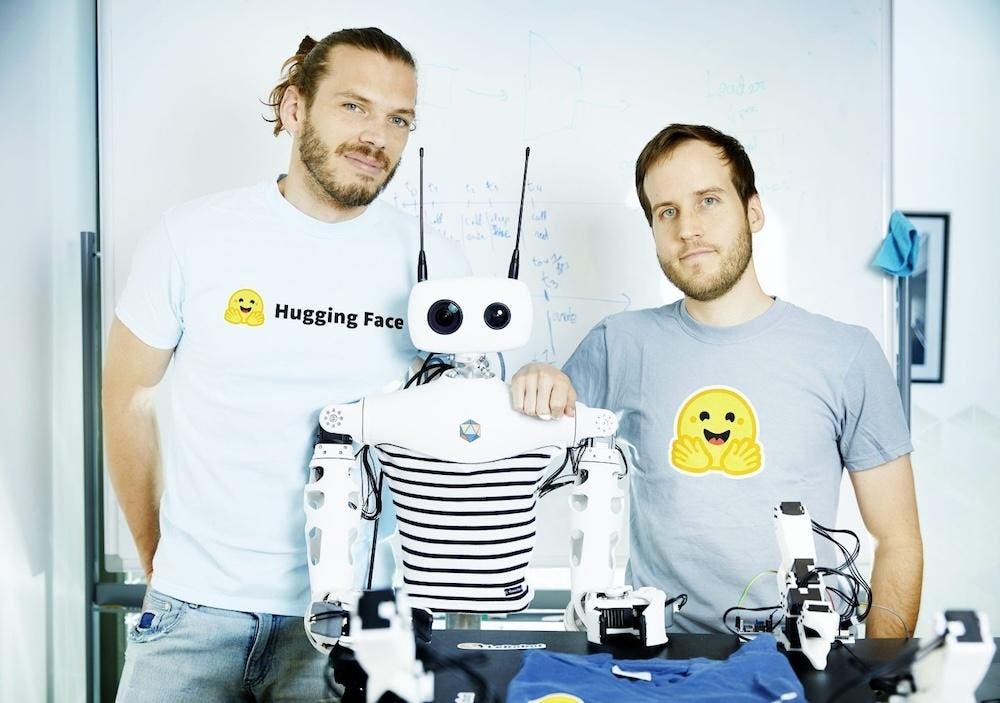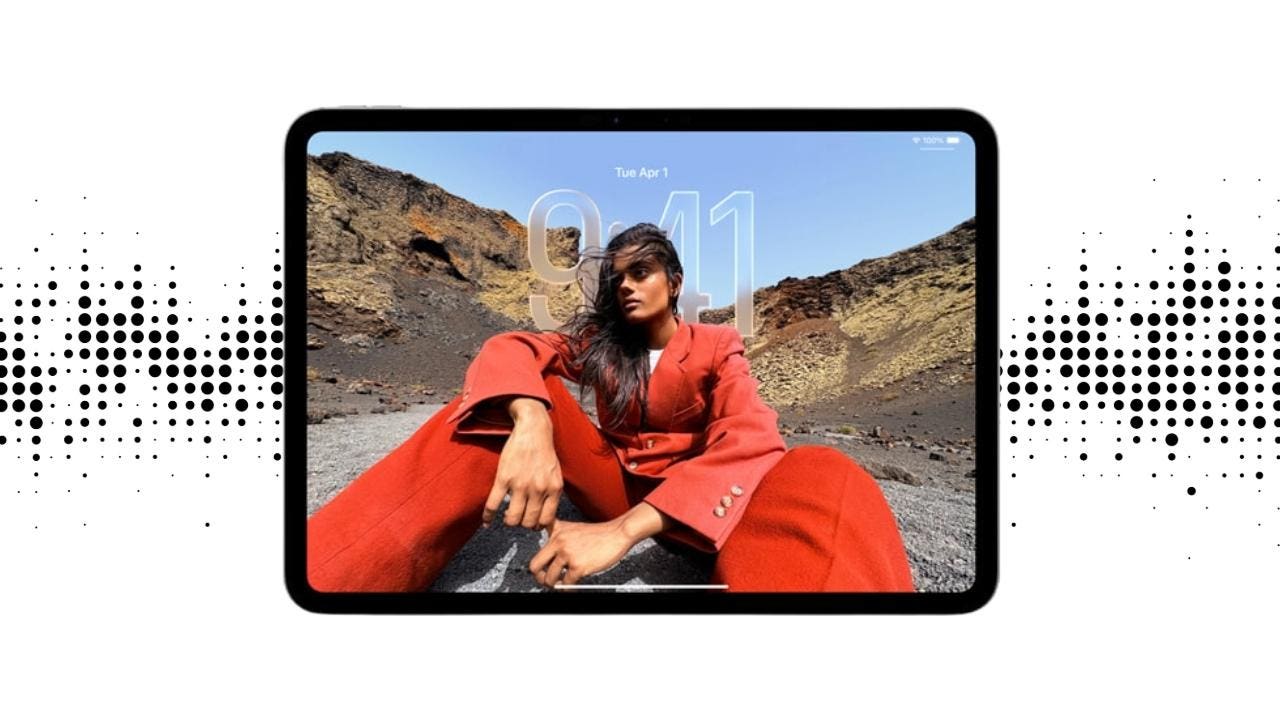Reachy 2
In April 2025, Hugging Face acquired Pollen Robotics, a France-based company that develops humanoid robots, including Reachy 2. This marks a milestone in the convergence of generative AI and robotics, known as physical AI.
This article analyzes the strategic reasons behind Hugging Face’s acquisition of Pollen Robotics.
The Advantage of Open Hardware Combined with Open Source Software
Hugging Face’s acquisition of Pollen Robotics demonstrates a long-term vision for the future of AI technology, as it evolves from digital intelligence to physical form.
The strategy is based on three core pillars:
1) Vertical integration of the AI-to-robotics stack
2) Ecosystem leverage through their massive developer community
3) Timing advantage as foundation models become capable of controlling physical systems.
The acquisition gives Hugging Face immediate access to Pollen’s flagship Reachy 2 humanoid robot, a $70,000 research platform already deployed at prestigious institutions such as Cornell University and Carnegie Mellon. With 7 degrees of freedom, bio-inspired arms capable of handling 3 kg payloads, advanced VR teleoperation and fully open-source hardware designs, the Pollen Robotics Reachy 2 offers a proven platform for Hugging Face to build upon instead of starting from scratch.
The timing proves particularly strategic given several converging factors. Nvidia recently chose Hugging Face as the preferred platform for its GR00T N1 humanoid robot foundation models, signalling industry recognition of Hugging Face’s platform capabilities. Meanwhile, the remarkable growth of Hugging Face’s LeRobot library to over 12,000 GitHub stars in just 12 months demonstrated strong developer demand for open robotics tools. The acquisition also follows Hugging Face’s strategic hire of Remi Cadene, a former Tesla Optimus engineer, who now leads their robotics division.
While Hugging Face has emerged as the largest collection of open-source and open-weight models, Pollen Robotics focuses on the vision of open hardware for robotics. This acquisition combines the strengths of open-source software with open hardware design in the field of robotics.
Physical AI Market Reaches Critical Mass
The embodied AI market has reached an inflection point where theoretical capabilities meet practical applications, driven by breakthroughs in foundation models for robotics and dramatic cost reductions in hardware components.
AI models such as Pi0 from Hugging Face, Nvidia’s GR00T N1 and Google’s Gemini Robotics extend the power of generative AI to robotics. Instead of generating text or media content, these models are trained to send commands directly to the robotic hardware. They leverage multimodal AI by combining video content and policies to generate commands that control robots.
The combination of Hugging Face’s AI infrastructure and Pollen’s robotics expertise creates technical synergies that neither company could achieve independently. Hugging Face brings 1.5 million models and datasets hosted on its platform, proven infrastructure serving 12 petabytes of data and deep expertise in transformer architectures and diffusion models. This AI foundation provides the intelligence layer essential for next-generation robotics.
Hugging Face’s acquisition of Pollen Robotics represents more than a product expansion. It marks a fundamental shift in how AI and robotics will evolve together. By combining proven AI infrastructure with capable robotics hardware under an open-source philosophy, Hugging Face creates unique value that neither pure software nor pure hardware companies can replicate.
The broader implications extend beyond corporate strategy. If Hugging Face succeeds in democratizing robotics as they’ve democratized AI, we may see an explosion of innovation similar to what followed the open-sourcing of deep learning frameworks.








